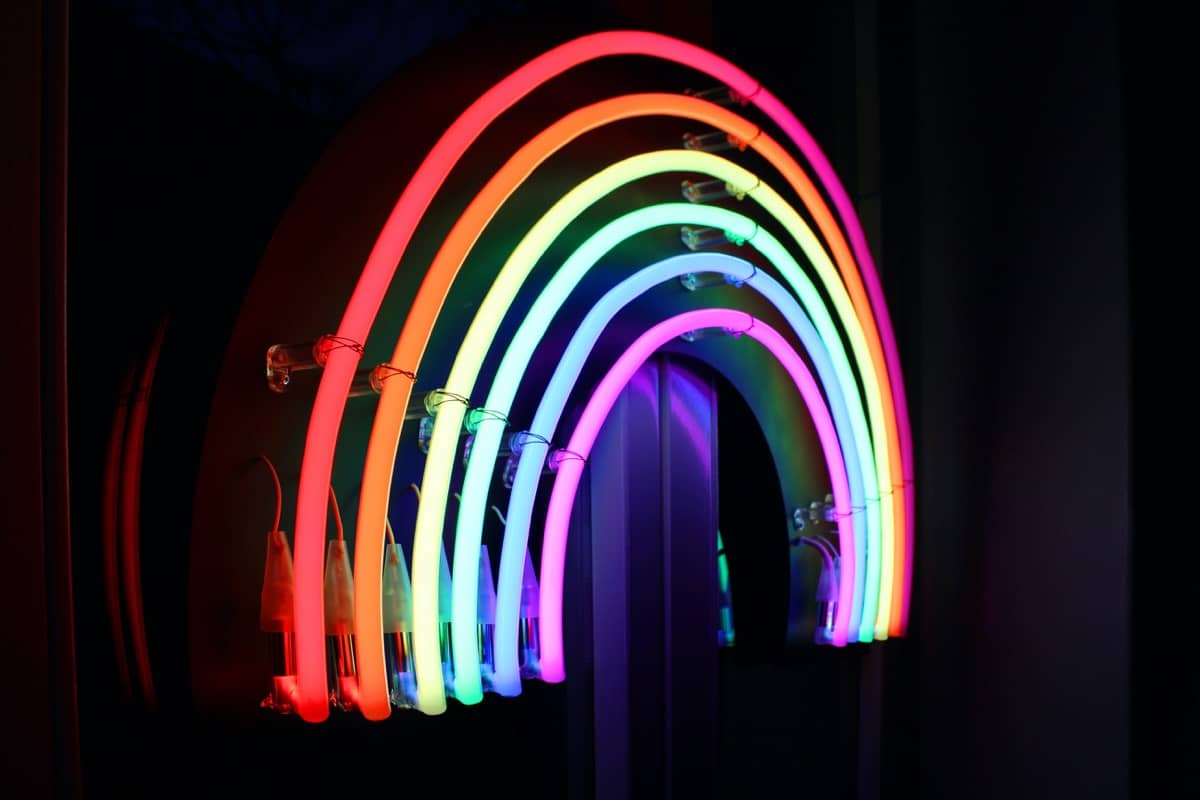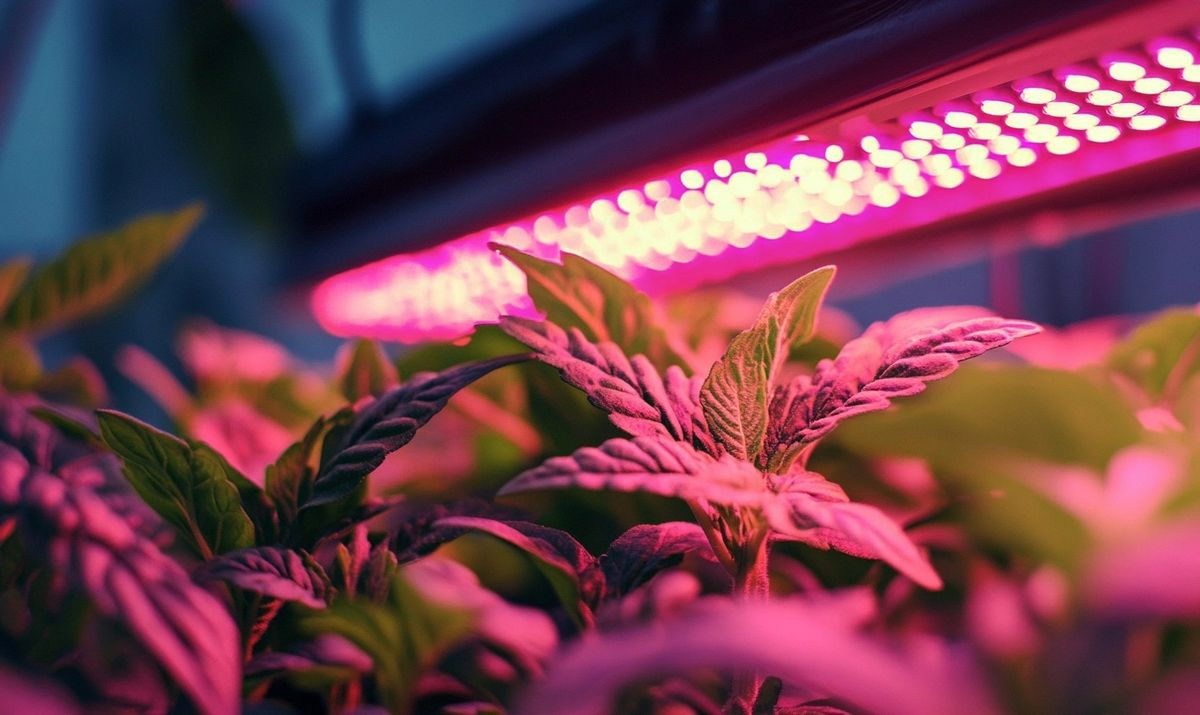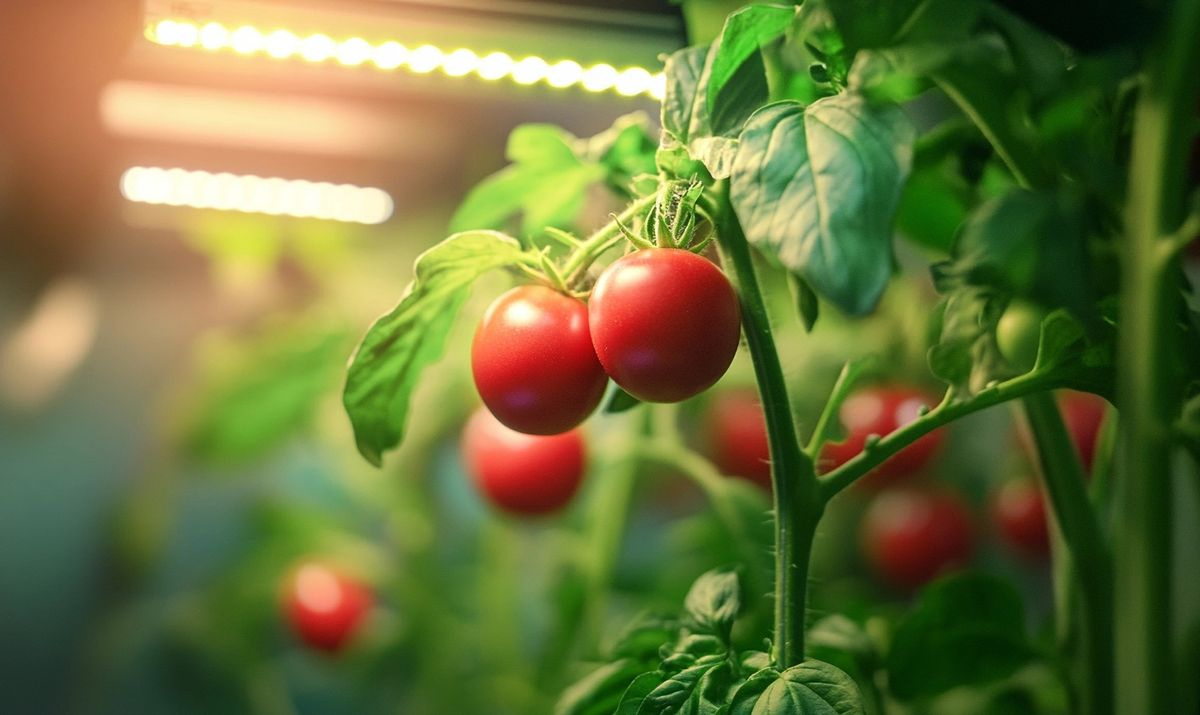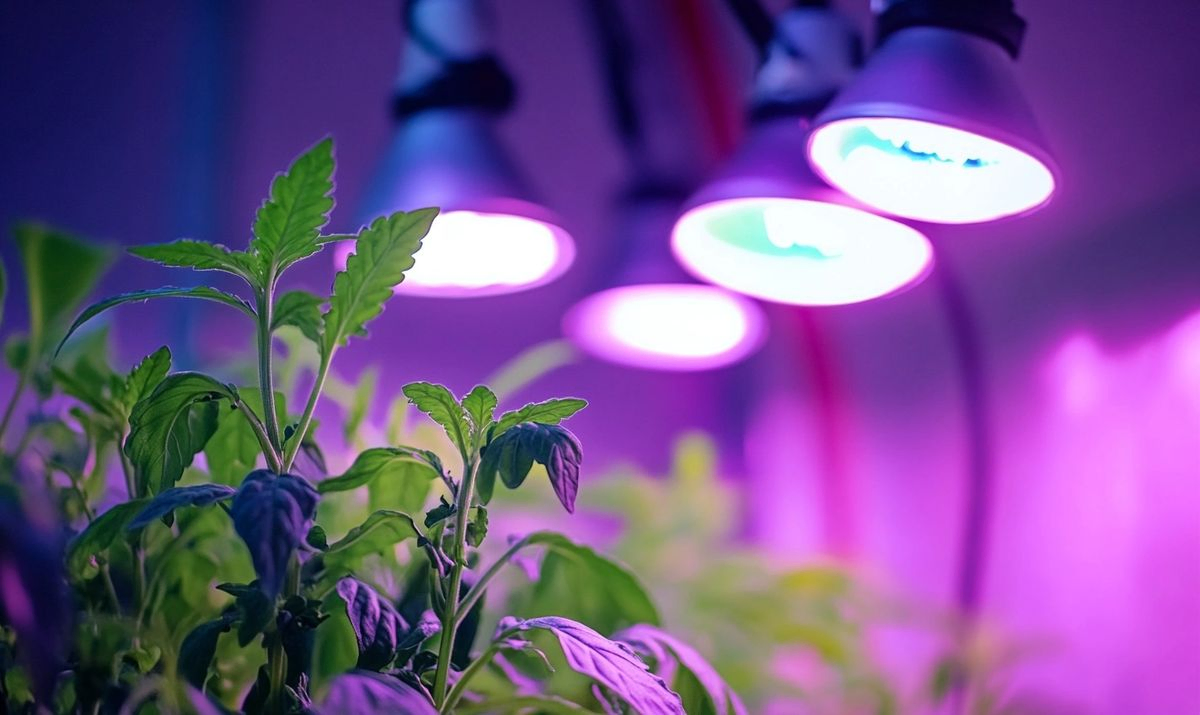
Understanding how to read light intensity on LED grow lights is essential for any serious indoor gardening enthusiast. As plants rely heavily on sunlight for photosynthesis, the proper light intensity can make all the difference in their growth, health, and yield. With various LED grow lights available, each boasting different lumen outputs and spectrums, navigating this complex landscape can be daunting.
In this blog post, we will delve into the nuances of light intensity, demystifying terms like PAR (Photosynthetically Active Radiation), lux, and lumen to empower you with the knowledge to optimize your plants’ environment. We’ll explore how varying light intensities affect different plant types, from delicate seedlings to robust flowering specimens, ensuring you achieve the best possible results in your indoor garden.
Equipped with this knowledge, you can make informed decisions about positioning your grow lights, timing their use, and adjusting settings to cater to your plant’s unique needs. Whether you’re a beginner or a seasoned grower, knowing how to read light intensity on LED grow lights effectively is a skill that will elevate your gardening experience and enhance your plants’ growth.
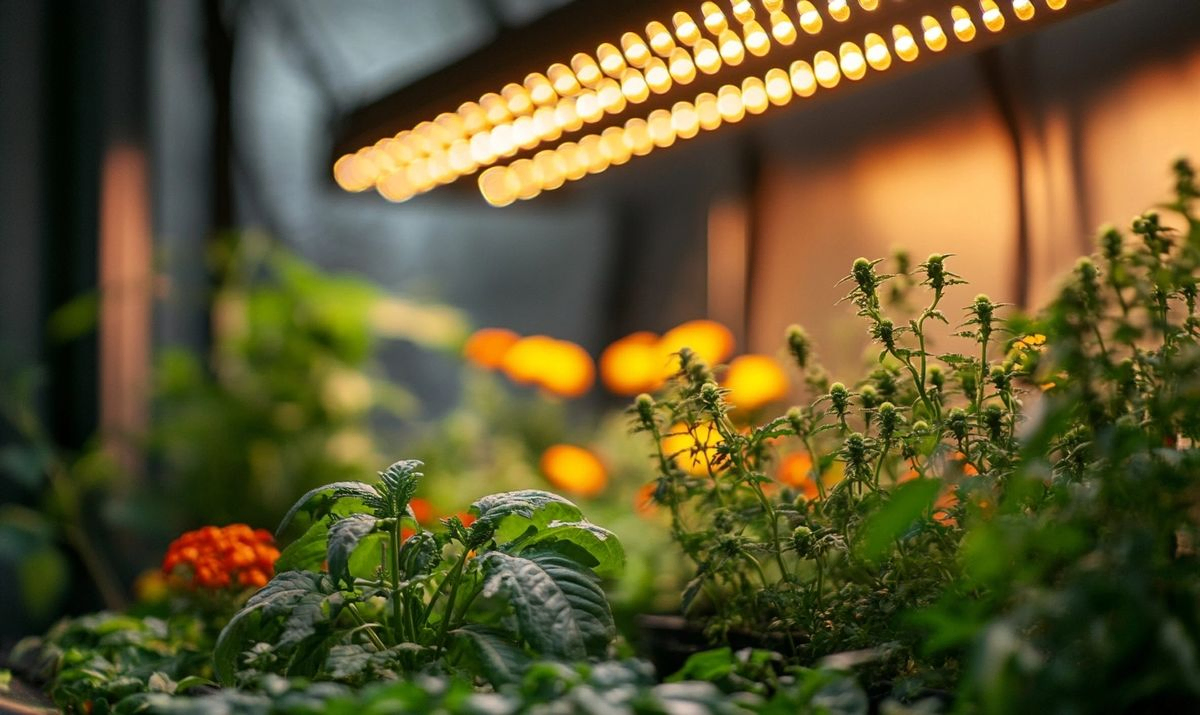
Understanding Light Intensity in LED Grow Lights
What Is Light Intensity Anyway?
Imagine walking into a room flooded with warm sunlight versus one lit by a flickering bulb. See the difference? Light intensity is kind of like that! It’s the brightness of the light produced by your LED grow lights. In simpler terms, it’s how powerful the light is that your plants get. The stronger the light, the happier and healthier your plants can be!
Why Should You Care About Light Intensity?
You might wonder, “Why should I even measure this?” Well, think of your plants as little sunbathers. Too little sun, and they’ll be droopy and sad. Too much, and they might get burned. Measuring light intensity is like finding that perfect Goldilocks zone where your plants thrive!
How to Read Light Intensity on LED Grow Light
Reading light intensity isn’t as complex as it sounds. Here’s a simple guide to help you out:
- Use a Light Meter: This handy tool will give you the needed numbers.
- Position the Meter: Place it where your plants get the most light.
- Take the Reading: Record the light intensity in foot candles or lux.
- Adjust as Needed: Use your readings to tweak the distance of your LED lights.
Common Issues When Measuring
Don’t be surprised if you hit a few bumps. Here are some common mistakes:
- Measuring at the wrong time of day.
- Not placing the meter at plant height.
- Ignoring reflections from surfaces around.
Make Sense of the Numbers
Now you’ve got your reading. But what does it all mean? Generally, aim for these ranges:
- Seedlings: 200-400 μmol/m²/s
- Vegetative Stage: 400-600 μmol/m²/s
- Flowering Stage: 600-900 μmol/m²/s
These are like the traffic signs for your plants. Stay in the right lane, and they’ll thrive!

Importance of Measuring Light Intensity for Plant Growth
We have ever wondered why some gardens thrive while others barely survive. It often boils down to one crucial element: light intensity. Just like we need sunlight to recharge our batteries, plants depend on it to grow strong and healthy. But not all light is created equal!
Measuring light intensity can feel daunting regarding LEDs and grow lights. But don’t worry; it doesn’t have to be! Think of it as tuning your radio. You want to find that sweet spot where everything clicks. So, how do you know if your plants are getting the right amount of light? By regularly checking the intensity, of course!
Why is Light Intensity Key?
Put, light intensity affects how well plants photosynthesize. They might stretch out and become leggy if the light is too weak. If it’s too firm, they could get scorched. Striking that balance is vital. Here are some stuff to consider:
- The photosynthetic response of different plants varies.
- Too much or too little light can stunt growth.
- Different growth stages need different light intensities.
Imagine trying to cook a meal without knowing how hot the stove is. You could burn it or undercook it, right? That’s how plants feel when light intensity is off. You’re experimenting with something vital, and mistakes can be costly!
Signs That Your Light Intensity Needs Attention
How can you tell if your plants are basking in the right glow? Watch for these signs:
- Yellow leaves? Too much light!
- Stretching stems? Not enough light!
- Slow growth? It’s time to check the intensity!
Understanding these signs will help you build a happier and healthier garden. Remember, each plant is like a unique puzzle waiting to be solved. When you plug into their needs, you’ll have a vibrant green sanctuary in no time!
So, as you tackle your indoor plant care journey, think of light intensity as your compass. It directs you toward the sunlight your plants crave. You’ll set your plants up for success once you grasp how to read light intensity on LED grow lights!

Tools and Equipment Needed to Measure Light Intensity
Knowing how to read light intensity ensures your plants thrive under LED grow lights. But before reading those numbers, let’s discuss what you’ll need. Getting the right tools makes measuring light intensity fun and straightforward. So, what should you grab?
Essential Tools for the Job
You don’t need much—just the essentials. Here’s a quick list:
- Lux Meter: This is your best friend! It measures light in lux, making it easier to see your lights’ strength.
- PAR Meter: Do you need to dive deeper? This gadget measures photosynthetically active radiation used by light plants. It’s super accurate!
- Light Reflectance Meter: An optional tool to check how much light your plants reflect.
But why stop there? If you’re serious about your grow setup, a basic understanding of these tools might improve your plant care game.
Getting Everything Ready
After you’ve stocked up your gadgets, find a quiet spot to start measuring. You don’t want any distractions. Place your lux meter or PAR meter directly under the light source. Ensure it’s not too close or far away—aim for a middle ground!
Understanding Your Readings
Now that you have the equipment ready, it’s time for the fun part: reading those intense numbers. A lux meter will give you a direct reading in lux, while a PAR meter typically shows readings in micromoles per meter squared per second (µmol/m²/s). Take note of what each indicates—your plant’s growth depends on it!
Want a mental image? Imagine driving during the day. Just as you adjust your speed based on traffic lights, you can change your LED light intensity based on your readings. Too low? Your plants might be stretching. Too high? They could be burning out. Balance is the key!
Tips for Accurate Measurements
Here are a couple of extra tips to ensure accuracy:
- Check your light intensity at different times of the day.
- Consider using multiple meters for a comprehensive understanding.
- Always calibrate your meters if needed.
Remember, measuring light intensity is like tuning a musical instrument. The right balance leads to a perfect melody of growth for your plants!
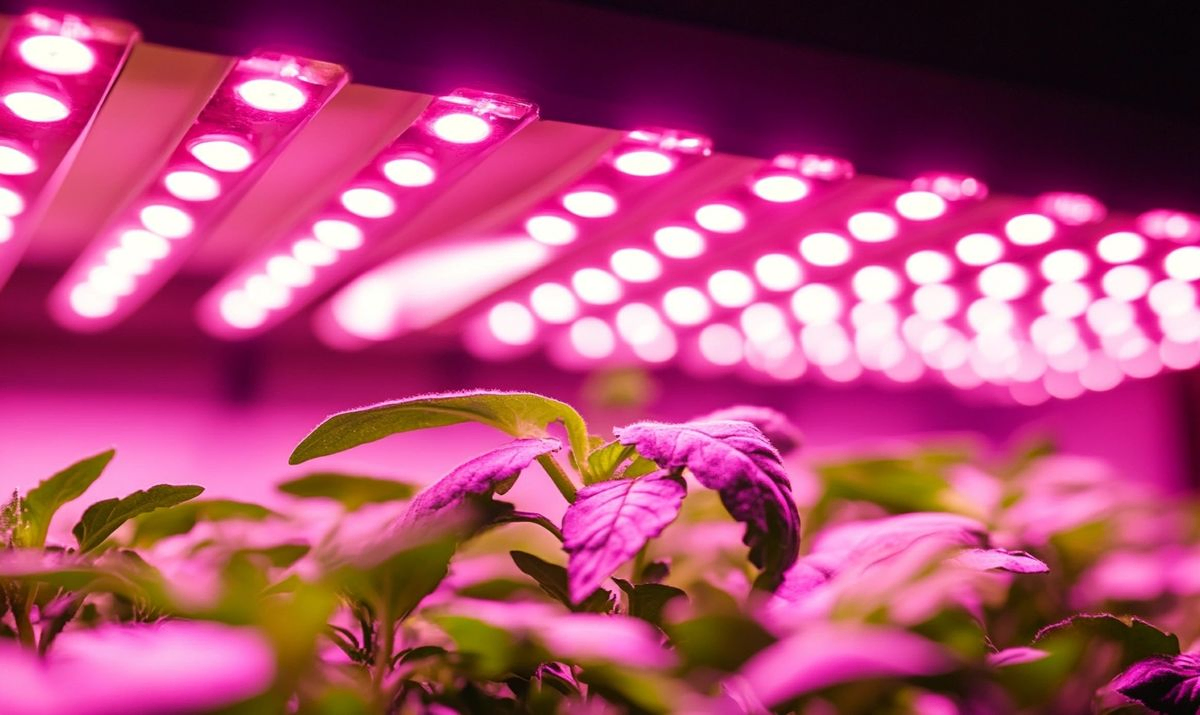
Steps to Read Light Intensity on LED Grow Light
Understanding how to read light intensity on your LED grow light can be a game-changer for your plants. It’s almost like checking the weather before heading out; you want to ensure they’re getting the right light! So, let’s dive into the simple steps that can help you get it just right.
Gather Your Tools
First things first, you need the right gear. Grab a handheld light meter. Don’t worry! You don’t need to break the bank here. A basic one will do the trick. You’ll also want to ensure your LED grow light is set up and the plants ready.
Set Up Your Reading Zone
Next, place your light meter at the same height as your plants. It’s like getting a bird’s-eye view of their world; positioning matters a lot! You want your readings to reflect what your plants experience.
Measure Light Intensity
Please turn on your LED grow light and let it warm for a minute. Then, point the light meter’s sensor directly at the light source. A few seconds later, you’ll see a reading pop-up. That’s your light intensity! Cool, right?
Check Multiple Spots
Don’t just stop at one spot! Move the light meter around your grow area. Plants have their own “personal space,” and light can get quirky in different corners. The more spots you check, the better your understanding!
- Near the center of the grow light
- Edges of the grow space
- Different heights
Note the Readings
Write down those measurements! You could even create a simple chart to track the variations. Keeping a record is like having a roadmap. You’ll know what works and what doesn’t for your plants.
Adjust for Optimal Growth
Finally, compare your readings to the light requirements of your plants. Each type of plant has its vibe. If your readings are too low or too high, adjust the height of your LED grow light. Think of it like finding the sweet spot at a concert – too far away, and you can’t hear; too close, and it’s overwhelming!
By following these steps, you’re not just letting your plants grow but giving them a thriving environment. It’s time to unlock their full potential.
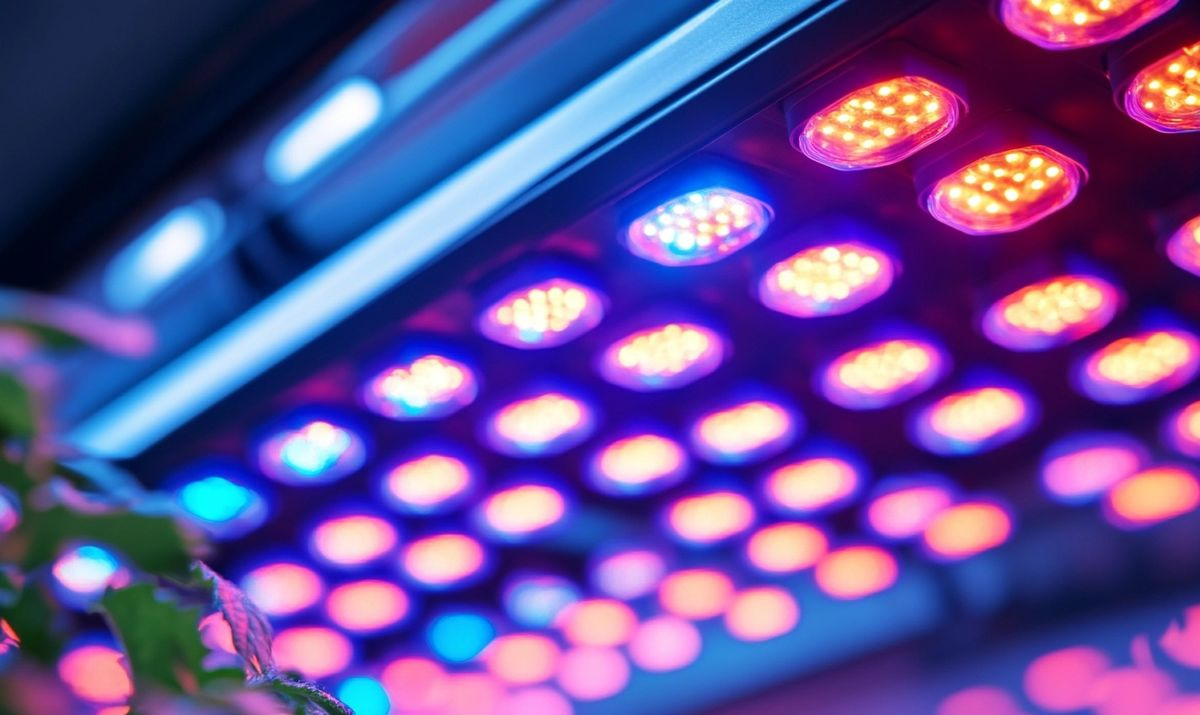
Common Mistakes When Measuring Light Intensity
Ignoring Distance from the Light Source
Have you ever tried to measure how bright a lamp is from across the room? It’s the same with your LED grow light. The distance between your plants and the light can significantly change your readings. Think of measuring light intensity like trying to feel the sun’s warmth; the closer you are, the hotter it feels.
Using the Wrong Tools
Not all measuring tools are created equal. Using a cheap light meter might give you skewed results. Just like a cook needs the proper measuring cups, you need a decent light meter to measure all the plants’ needs accurately. Some gardeners even forget to check their tool’s calibration. Make sure it’s always checked before taking any readings.
Measuring at the Wrong Time
Timing can be everything. If you measure light intensity in the morning, when your plants wake up, the readings might differ from when they’re fully basking in the afternoon sun. Try to stick to the same time each day for consistency. It’s all about getting that apples-to-apples comparison!
Neglecting Plant Variety
Different plants have different light needs. It’s like having a picky eater in the family. Some love intense light, while others prefer it soft and subtle. Not considering what your specific plant species thrive in can lead to significant measurement mishaps.
Overlooking Reflections
Don’t forget reflective properties if you live in a room full of shiny surfaces! Light bouncing off walls and other surfaces can give you misleading readings. You might think it’s all sunshine and flowers, but that could be a trick your grow light is playing. Keep this factor in mind when taking your readings.
Focusing Only on Lux or PAR Values
Don’t get lost in the numbers! Lux refers to visible light, while PAR measures the specific wavelengths plants use for photosynthesis. Ignoring one over the other can lead you astray and prevent you from providing the best light for your plants. Use a balanced approach, and you’ll keep your garden thriving.
- Measure at plant height for accurate readings.
- Keep your meter clean for consistent results.
- Record your readings to track changes over time.
Remember, measuring light intensity isn’t just a task; it’s an art. Avoiding these common pitfalls will help you provide the best environment for your green friends. You wouldn’t set a dining table without first checking the seats, and your plants deserve just as much attention!
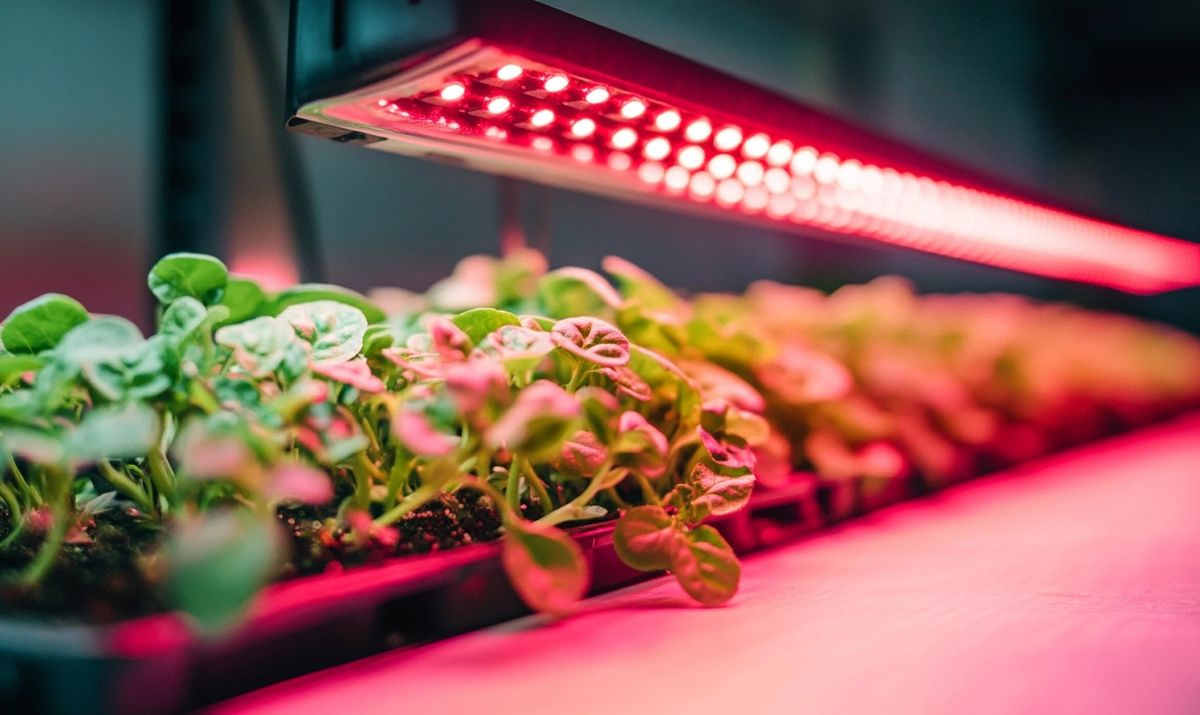
Interpreting Light Intensity Readings for Optimal Plant Care
Understanding Your Readings
So, you’ve got your LED grow light set up and excited to watch your plants thrive. But have you ever felt overwhelmed looking at those light intensity readings? You’re not alone! Knowing what these numbers mean is crucial in keeping your plants happy.
What Do the Numbers Say?
When you check your light intensity, you might see readings in micromoles per square meter per second (µmol/m²/s). Sounds fancy, right? But it’s a way to measure how many photons hit your plants. Think of it like checking how much sunlight a specific spot in your garden gets.
If the reading is too low, your plants might feel like they’ve been thrown into a dark cave—yikes! And if it’s too high, it’s like sending them to a scorching desert. They’ll thank you for getting it just right!
Ideal Light Intensity for Different Plants
Different plants have different light needs. Here’s a quick cheat sheet:
- Low-light plants: 100-400 µmol/m²/s
- Medium-light plants: 400-800 µmol/m²/s
- High-light plants: 800-1500 µmol/m²/s
Finding the perfect temperature for a cozy blanket is like finding the ideal temperature for your plants. When you hit that sweet spot, your plants will grow, flower, and flourish!
How to Adjust Your Light
If your readings are off, don’t worry. Adjusting your LED grow light can be as easy as pie. You can:
- Lower or raise the light
- Change the light’s wattage
- Swap out the light for a different spectrum
And just like that, you’re back on track! Your plants will reward you with vibrant colors and healthy growth.
Trust Your Instincts
Ultimately, reading the light intensity isn’t just about numbers. It’s about understanding your plants’ needs. Watch their leaves and feel their stems. If they’re vibrant, you’re doing great!
Next time you check your LED grow light, don’t stress. Just remember, it’s all about keeping your green buddies thriving!
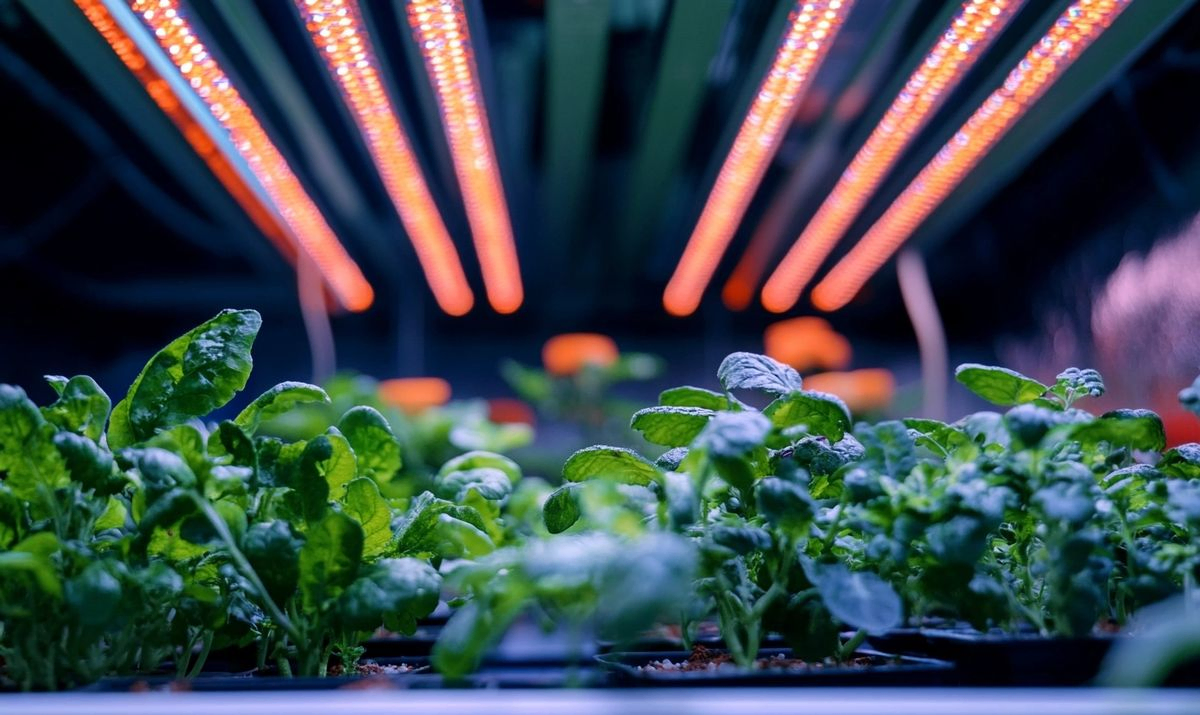
Adjusting LED Grow Light Placement Based on Light Intensity
Understanding Your Plants’ Needs
Did you ever notice how some plants sparkle under bright lights while others wilt? That’s all about light intensity! Discovering how to read light intensity on an LED grow light is like finding the secret recipe for plant happiness. Each plant has its love language when it comes to light. They might crave direct or indirect light. So, knowing how to adjust light placement is critical.
Finding The Perfect Spot
Picture this: You’re baking a cake. You need the right temperature, or it’s game over, right? The same goes for your plants. After you measure the light intensity, you can find the sweet spot for your grow lights. Here’s how to do it:
- Start High: Hang your LED grow light high above your plants!
- Measure: Check the light intensity underneath. Remember, it should match your plant’s needs!
- Adjust: If it’s too low or too high, gradually move it. Wait a day or two to see how the plants respond.
Indicators of Light Stress
It can be a learning curve, but plants are excellent teachers. Watch for signs of light stress:
- Leaves Turning Yellow: This could mean too much light.
- Stretching: If plants are leaning toward the light, it might be too far away!
- Burnt Tips: That’s a clear sign of too much intensity.
Consistency is Key
Like your morning routine, maintaining a consistent light intensity is crucial for plant growth. Check your readings regularly. Conditions change—think about how a sunny day feels different from a gloomy one. Adjust according to the season or your plants’ growth stages every few weeks.
And hey, don’t forget about the distance! As plants grow taller, they need more room to breathe. You don’t want them to feel cramped under your LED grow light.
A Little Patience Goes a Long Way
Think about it: great things take time! When adjusting light intensity, give your plants time to adapt. They’ll reward you with lush growth and vibrant colors. Enjoy the journey—watching your plants thrive is a reward in itself!
Conclusion
In conclusion, mastering reading light intensity on LED grow lights is crucial for optimizing your indoor gardening experience. By understanding the different measurements and tools available, you can make informed decisions that directly impact the growth and health of your plants. Whether using a par meter or relying on the manufacturer’s specifications, being proactive about light intensity will help you create the ideal environment for your botanical friends.
Remember, the right balance of light intensity can prevent issues such as underexposure or light burn, ensuring your plants thrive to their fullest potential. Regularly monitoring and adjusting the light intensity based on your plants’ needs will yield healthier foliage and a more abundant harvest. Additionally, by incorporating the insights from reading light intensity, you can tailor your approach to different plant species, promoting optimal growth rates and vibrant colors.
Ultimately, understanding how to read light intensity on LED grow lights empowers you as a grower and enhances your overall gardening journey. You’ll soon develop an intuitive sense of your plant’s light requirements with practice and patience, leading to a more fruitful and satisfying experience. Happy growing!


